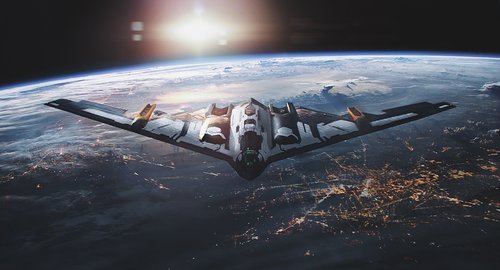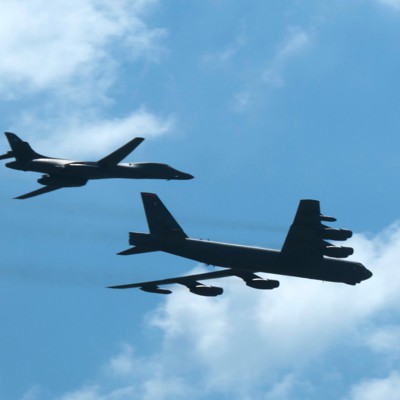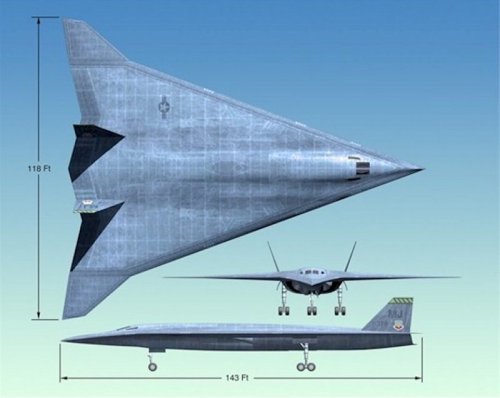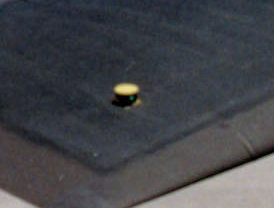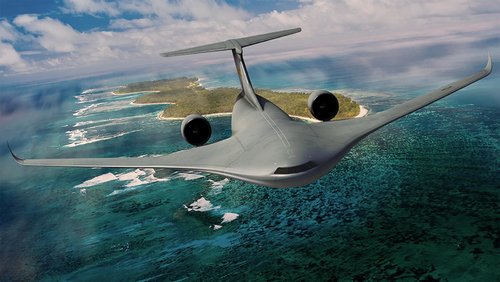bring_it_on
I really should change my personal text
- Joined
- 4 July 2013
- Messages
- 3,668
- Reaction score
- 3,825
#1 can be performed by the B-52. That bomber isn't going away and, with upgrades, will serve still for decades. It is too early to envision how #1 will evolve in the post 2050/60 time-frame.
#2 can be performed by both the B-52 and the B-21.
#3 can be performed by B-21 and future bombers or strike aircraft.
This of course envisions that the bomber force continues to be used the same way as the past as threats and bomber capabilities evolve over time and given different capabilities adversaries bring to bear. One can envision scenarios where the bomber force becomes a key element of the EW capability and the maritime strike capability is further expanded with new sensors, and weapons. More insight into the B-21 mission systems and capabilities,over time, will likely paint a more clearer picture on how the bomber missions evolve.
#2 can be performed by both the B-52 and the B-21.
#3 can be performed by B-21 and future bombers or strike aircraft.
This of course envisions that the bomber force continues to be used the same way as the past as threats and bomber capabilities evolve over time and given different capabilities adversaries bring to bear. One can envision scenarios where the bomber force becomes a key element of the EW capability and the maritime strike capability is further expanded with new sensors, and weapons. More insight into the B-21 mission systems and capabilities,over time, will likely paint a more clearer picture on how the bomber missions evolve.





